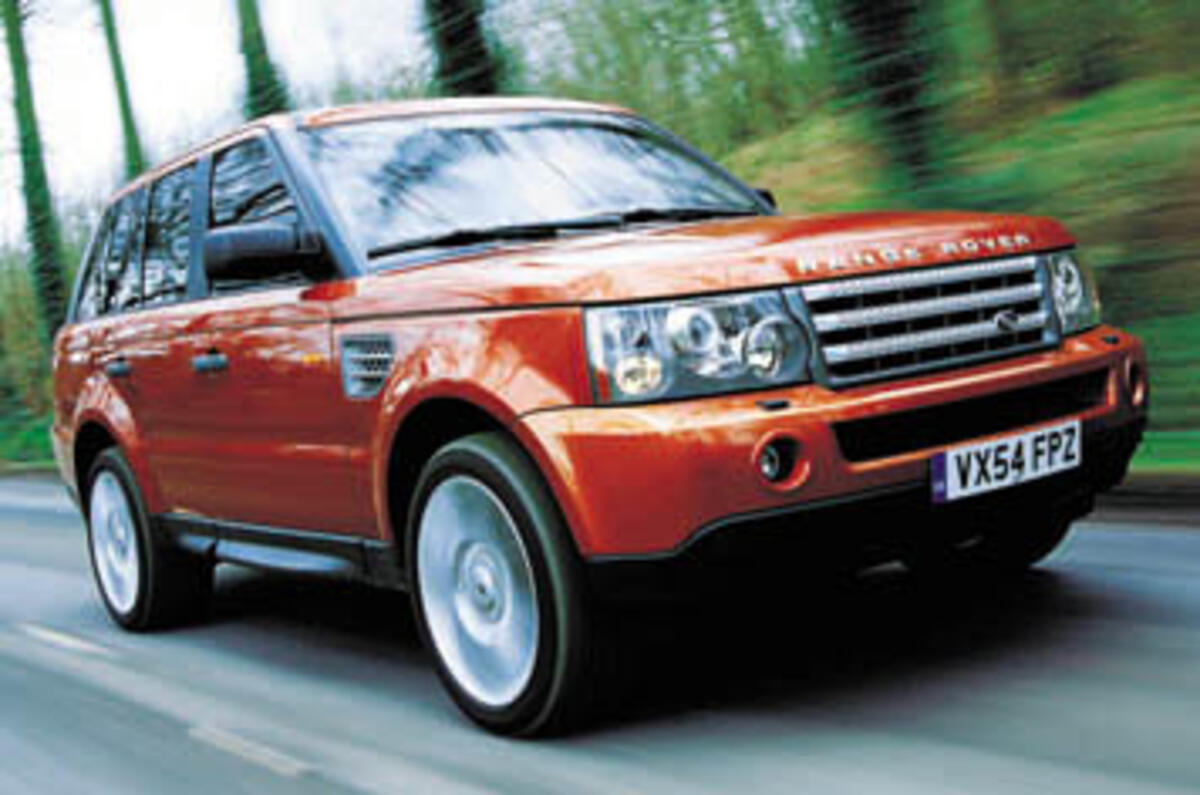Since we first heard that Land Rover was going to build the Range Rover Sport it was always going to be interesting to see how it would address the seemingly diametrically opposed objectives of creating a car that was both sporting in nature and utterly true to the Land Rover brand. The result is not perfect – in fact it’s rather flawed – but as a whole it is charming, capable, undeniably sporting and, above all, a Land Rover from bumper to bumper.
In fact it’s possible that the single biggest mistake Land Rover made with the Sport was the name. A Freelander Sport is a Freelander with stiffer springs and this naming strategy is replicated across the motor industry. And because it has been made to look so similar to the Range Rover, there will be a natural propensity for customer to view the Sport as little more than a fizzed-up Rangie. Spend five minutes in the company of the Sport Supercharged and you’ll realise how absurdly this misrepresents the car.
However much Land Rover wants the Sport to bask in the reflected glory of the BMW-financed Range Rover, they are, in fact, unrelated. Scrape away the cod-Range Rover clothing and look at the flesh, sinew and bone beneath and it’s all Discovery 3, albeit it bulked up in muscle and shortened 14cm in wheelbase.
There are double wishbones at each corner suspending Land Rover’s super stiff Integrated Body-frame structure, while the cabin wraps around the driver creating an aura of intimacy and immediacy that could scarcely be more different to the wide open spaces offered by the Range Rover. The world’s first genuinely sporting 4x4 interior has arrived.
Of course, the cabin’s purpose could have been to disguise the unavoidable dynamic limitations inherent in trying to make such a tall, heavy (2572kg) off-roader feel sporting, but it’s not. For sure the snug and cosy cockpit writes the cheque, but it’s nothing the car can’t cash.
On first acquaintance it does not seem this way. You still sit high (‘don’t worry, you’ll still be able to look down on X5 drivers,’ Land Rover’s director of studio design, Richard Woolley had assured me) and the 4.2-litre, 390bhp supercharged V8 does not exactly explode into life. Indeed, compared to its installation in various Jaguars, it seems positively muted. It responds smartly to a prod of the right foot, but there’s no savagery here, nor even much urgency.
Instead, it is a master of the silken shove. ZF’s sublime six-speed auto has been calibrated to change up early to make the most of the engine’s towering 405lb ft of torque and the overall gearing is extravagantly high. Cruise at 80mph in top and you’ll see barely 2000rpm on the clock. But call it to arms and the Sport quickly shows it’s more than worthy of the name. The acceleration is not in the Porsche Cayenne Turbo league, but nor is the £57,495 price. It will, however, still pin you back in your seat and throw you down the road in majestic and convincing style.
Supercharger wailing, it’ll hit 60mph from rest in 7.2sec and charge fairly relentlessly up to 130mph. Only then do the aerodynamics – good by 4x4 standards but a joke by others – start to haul it back. The Range Sport is electronically limited to 140mph, which I don’t doubt it’ll reach, but I’d be surprised if it would crack 145mph, even unrestricted.





















Join the debate
Add your comment